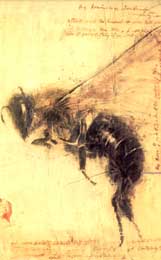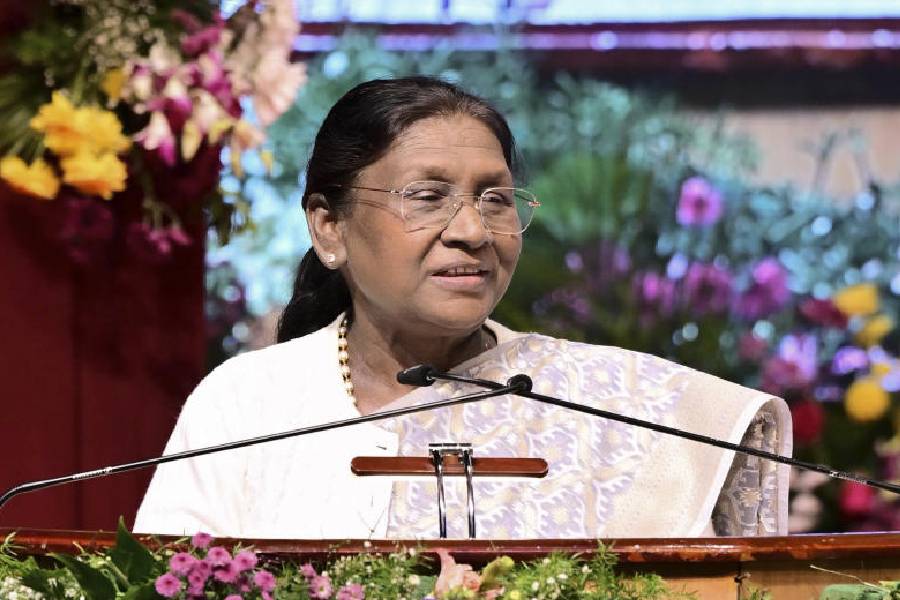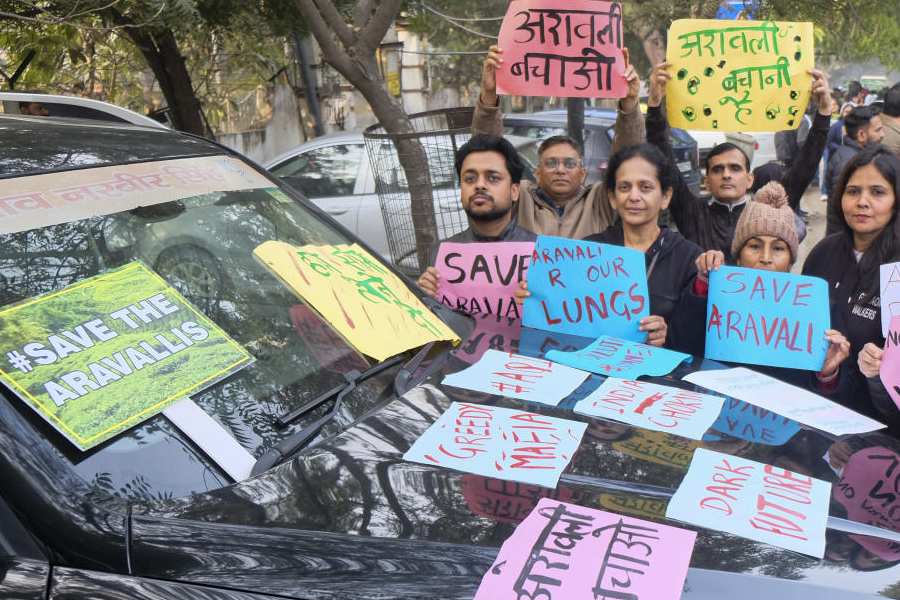
If Bandhni means colour and a vibrant spirit, Gotapatti stands for glamour and exquisite patterns.
Rajasthan evokes forts, sand dunes, hills, food, festivals and fabric; blockbuster features that have been repeated endlessly to become stereotypes of India. But the place has also been home to traditional, delicate crafts, such as Gotapatti, as regal and time-honoured as any of the above.
Gota work involves stitching tiny bits of zari ribbon to a fabric using the applique technique, creating patterns, with the edges of the zari bits sewn to the fabric. “What the red-bordered white sari is to the Bengali wardrobe, the regal Gotapatti is to the Marwari wardrobe,” stated Rachit Agarwal, director, Simaaya Group. Simaaya, a line of stores in the city selling luxury traditional wear, keeps a wide range Gotapatti saris and outfits, some of which are featured here.
Gotapatti’s origin is interesting, culturally as well. The embroidery can be traced to royal Mughal fashion, says Rachit Agarwal. “The trend was later adopted as an integral part of the wedding and pre-wedding ensembles of Rajasthan.” Often used with bright greens, yellows, reds and pinks, Gota work lends an old world regal charm to women’s attire, popularly worn during mehendi and sangeet ceremonies as a shagun or a symbol of good omen.
Originally Gota work was metallic, often using real gold or silver, but with time were replaced by copper, coated with silver, as real metal made the process expensive. Of late the metals have been replaced by plastic. It is also said that this craft originally made use of blue-green shells from beetles.

The Gotapatti process is elaborate. “The Gota comes in rolls of ribbon which are then cut out into shapes of flowers, leaves and birds. Now adhesive is used to paste the cut out Gota onto the fabric before sewing, but previously, the Gota was sewn straight on with a running stitch,” explains Rachit Agarwal.
After the Gota work is sewn in, the Patti, or the trimming, is added. Patti refers to the leaf shapes that are generally used, he adds.
“Beads and cut stones are also used with Gota work in order to give the fabric a fine finish. Garments get a rich and heavy feel though they remain light to carry,” says Mayank Agarwal, director, Simaaya Group. “Tie-dyed georgettes, pastel chiffons, tussar silks, crepes, and khaadi-cottons are commonly used as base materials. Gota work apparel should be hand-washed or machine-washed in slow cycle, so as to preserve the applique work,” he adds.

This embroidery is centred in the cities of Bikaner, Jaipur, Ajmer, Udaipur and Kota.
Many young and innovative designers are now using Gota work in home upholsteries, cushion covers, bed spreads, bags, rugs or ethnic clutches to lend a touch of grandeur to the overall effect.
• Models: Monisha
• Hair and make-up: Vatsala Bhagat
• Styling: Nisha Desai and Sreoshi
• Creative direction: Nick Rampal
• Photographer: Shubhendu Chaki
• Outfits and location: Simaaya










